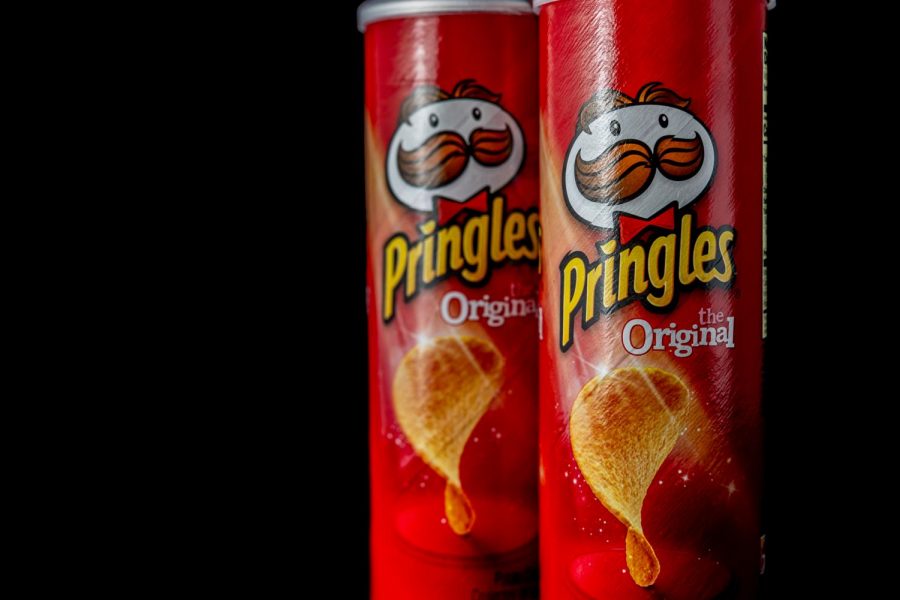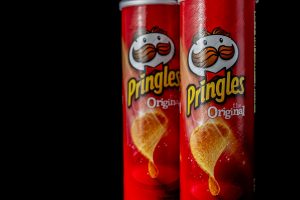The Science of Snacking: Pringles
Mathematics is responsible for Pringles distinct crunchiness
February 21, 2020
Fans of Cartoon Network’s late-night show “Rick and Morty” got a special treat when a Pringles commercial aired during Super Bowl LIV.
Although these stackable snack chips have been around since 1968, many people have eaten them not knowing that the shape of each chip is a small engineering masterpiece.
The shape of Pringles is known in geometry as a hyperbolic paraboloid and has some fascinating characteristics, setting it apart from the shapes of other snacks.
Pringles can be easily stacked due to the intersecting curves forming multiple saddle points and their overall structure prevents the occurrence of stress lines. The absence of stress lines allows each chip to break into completely random pieces, making them extra crunchy when eaten.
The hyperbolic paraboloid is such a sturdy and aesthetically pleasing shape that it is often used in architecture. London’s Olympic Velodrome used for cycling events in the 2012 games is a prime example of this exquisite geometric marvel used in construction.
https://youtube.com/watch?v=96ELLT17GYQ
It is hard to say just why Rick was so angry in the commercial when multiple Morty robots surround him trying to get him to stack Pringles. Perhaps he did not like being coerced into buying multiple variants of the same snack for multiple flavor combinations. Or, maybe deep down inside, he knew the math behind the shape of a hyperbolic paraboloid and was frightened by the knowledge that they could be the crunchiest thing imaginable.
When science, technology, engineering, math and salty snacks come together, great things can happen. The stackable and random crunchable hyperbolic paraboloid Pringles are an example of this and should be enjoyed by everyone, even cartoon mad scientists.























Linda • Feb 26, 2020 at 6:47 am
Great article! I love learning new information and this article definitely hit the mark!
A totally new term for me- hyperbolic paraboloid!
Ariana • Feb 25, 2020 at 10:56 pm
I have a new appreciation for Pringles, thank you.